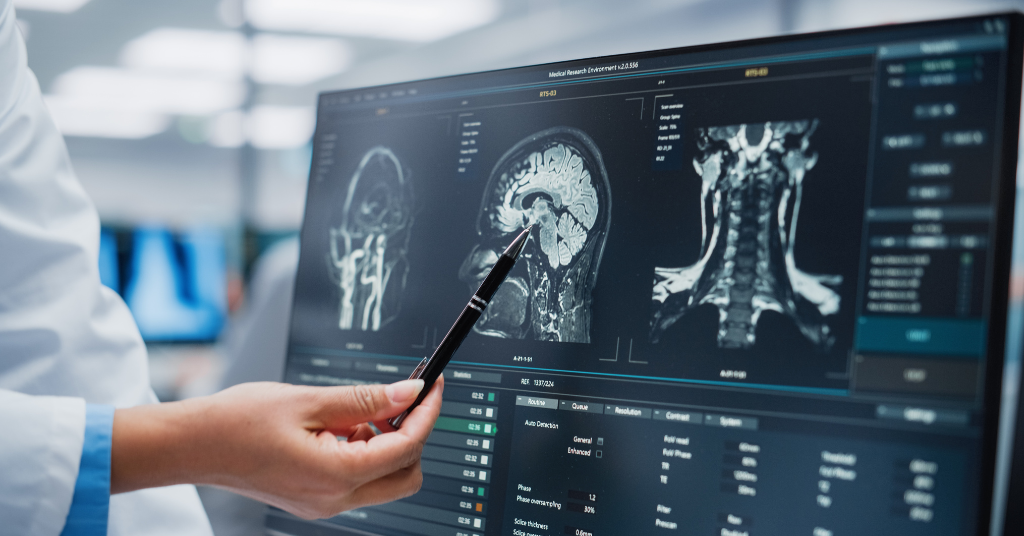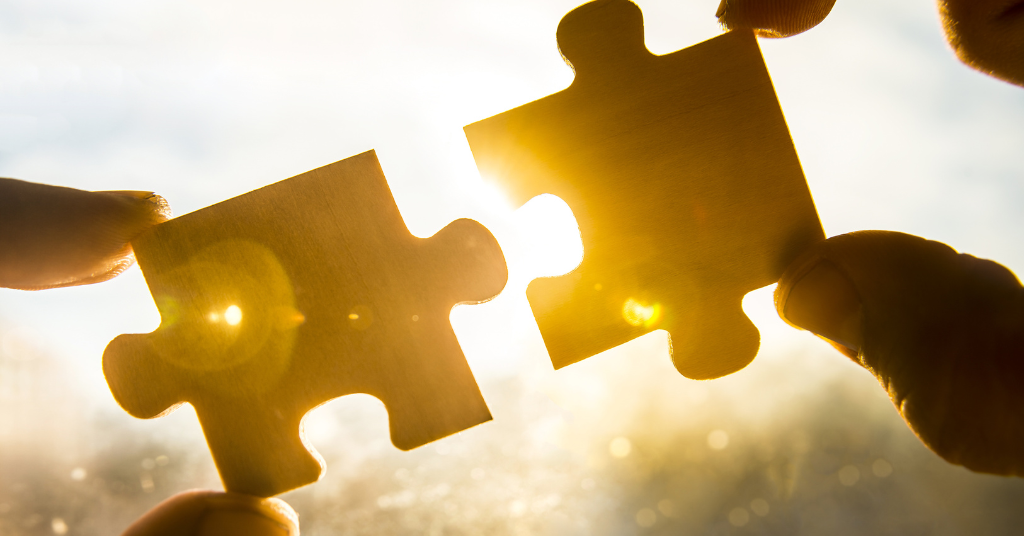
How hearing aid accessories bring us closer in times of isolation
April 1, 2020
Community Spotlight: This Signing Yogi is making yoga accessible
April 6, 2020What to know about clear medical masks for lipreading

As the world deals with coronavirus, masks are a hot commodity. But for people with hearing loss, masks can be a problem.
Deaf and hard-of-hearing people often rely on lipreading, which can be a challenge behind a mask. Clear masks, or see-through masks, solve that issue.
Homemade Clear Masks for Hearing Loss
You might have seen the story about college student Ashley Lawrence’s homemade clear masks. The senior studying education for the deaf and hard of hearing at Eastern Kentucky University wanted to do her part to make free, clear masks for people with hearing loss.
While her GoFundMe account has reached its goal, this and other homemade masks have not gone through FDA approval. Lawrence has not yet responded to HearingLikeMe for comment.
Do Clear Masks Work?
In fact, FDA-approved, clear surgical masks have been on the market for a while. Dr. Samuel Atcherson, a Ph.D. audiologist, and researcher with hearing loss and former president of the Association of Medical Professionals with Hearing Losses (AMPHL), found evidence that the transparent mask idea may go as far back as 1938.
The development of clear masks has been a long process, says Dr. Stacey Carroll, Ph.D., APRN, a nurse practitioner with a cochlear implant, who was involved with AMPHL’s advocacy committee to get a clear mask developed.
“The process of making these masks is very time consuming because FDA approval is difficult to obtain,” Dr. Carroll told HearingLikeMe. “The clear material has to be non-fog because fog obliterates lipreading which is the whole point of the mask. Finding the right material took time and effort. Also, the clear part needs to be affixed in such a way that the integrity is solid and doesn’t allow particles through. The mask as a whole also needs to fit snugly.”
“The clear material has to be non-fog because fog obliterates lipreading which is the whole point of the mask.”
An FDA-Approved See-Through Mask for Lip Reading
Safe’N’Clear, or the Communicator mask, is an FDA-approved see-through face mask. It’s a patent-protected ASTM Level 1 Surgical Facemask with a clear window, which can be used in the operating room.
“Our masks are made in the USA so there is guaranteed quality assurance,” says Safe’N’Clear, Inc., president, Dr. Anne McIntosh to HearingLikeMe. “The clear window does not fog; an anti-fog agent is applied to the masks during production.”
Dr. McIntosh says they have recently gotten caught up on their backorders and are now able to ship orders within two business days. They can’t accept bulk orders; maximum order is four cases. Each box – priced at $60 — contains 40 single-use, disposable masks. One case has 10 dispenser boxes, or 400 masks.
“We want anyone who needs a Communicator mask to be able to get one,” Dr. McIntosh says.
FaceView Mask
Jeanne Hahne, MSN, RN, says she first envisioned a transparent mask in 1979. She was working in a burn unit and noticed that patients in crisis couldn’t connect with the caregivers because smiles and facial expressions weren’t visible. She realized that a clear mask would help people with hearing loss as well and has been dedicated to bringing her vision to fruition.
Hahne’s version, the FaceView Mask, is a N95 mask with an antimicrobial coating. In other words, it offers more protection against diseases such as the Coronavirus. She got her first patent in 1982 and her second in 2010. A Phase II National Institutes of Health (NIH) grant proposal was just submitted after a successful Phase I.
Hahne explains to HearingLikeMe that because there’s a long waiting period, perhaps not until November, until Hahne hears about the grant, she’s not going to wait. She plans to use her own resources to make sure the design will be ready for FDA approval.
“The need is NOW,” she says. “I believe a fantastic mask will be coming soon…I’ll never give up!” she adds.
Universal Masking
According to an article, “Universal Masking in Hospitals in the COVID-19 Era,” in the April 1, 2020 issue of the New England Journal of Medicine, universal masking is already standard practice in many parts of Asia. It has recently been adopted by a handful of U.S. hospitals.
“Wearing a mask outside healthcare facilities offers little, if any, protection from infection,” the article says.
However, Dr. Anthony Fauci, Director of the National Institute of Allergy and Infectious Diseases (NIAID) and currently involved with the White House Coronavirus Task Force has said that the task force is giving serious consideration to broadening the existing guidance on face masks. Healthcare workers would still receive first priority regardless of any changes.
The Philadelphia Inquirer reported that some public health officials are worried that encouraging the large-scale wearing of masks will only further limit resources and cause people to leave their homes when they shouldn’t.
Who Needs Them Most?
The key thing here is that see-through masks would be most needed by the providers of deaf lipreading patients, not by the deaf people themselves, Dr. Carroll points out. Obviously, if the guidelines shift and it’s recommended that everyone wear a mask in public, the need for clear masks will be greater.
While Dr. Carroll applauds Lawrence’s ambition, she’s worried about false messaging about clear masks for hearing loss.
“I see these homemade clear masks as being along the lines of the cloth masks that people are making which provide some benefit to the general public in terms of reminding them not to touch their faces and possibly affording some level of protection — albeit not the protection of a standard mask,” Dr. Carroll says. “People need to not be lulled into a sense of security that the masks are giving them full protection, because they’re not.”
“People need to not be lulled into a sense of security that the masks are giving them full protection, because they’re not.”
Dr. Atcherson admires and praises Lawrence for bringing the transparent mask to public attention. He encourages her to continue making them for personal use, as some sort of mask is likely better than no mask at all.
“However, there is far more that goes into the development of a mask that meets safety standards, and we are not sure at this point that her version will be adopted by health professionals during this pandemic,” he says. “In other words, should a deaf or hard of hearing patient show up with COVID-19 symptoms at a hospital [with] Ashley’s mask, [healthcare providers] will instantly recognize that that mask will not have met acceptable standards.”
Read more: A guide to group video calling apps for hearing loss
Solutions for People With Hearing Loss
The most important thing is to be educated and prepared for a possible hospital stay. This means knowing that if you’re hospitalized with COVID-19, you’ll likely be in respiratory isolation. Masks will not be lowered. Healthcare providers will be overwhelmed. You have a right to communication access under the ADA, but expect delays.
As Dr. McIntosh recommends, work with the Patient Advocate/Accessibility area of the hospital to get Communicator masks in place for the healthcare providers – or have a loved one do so if you’re unable.
Here are some accommodation suggestions if appropriate clear masks are not being used:
- Communication aids, like print-outs or visual tools
- Remote CART
- Apps like Google LiveTranscribe
- Personal dry-erase board
- FaceTime/video calls (i.e. have the doctor go to their office where they can safely remove their mask and talk with you via videophone, or have them text/email)
- Have a loved one listen in by phone and then videoconference with you or email/text the information
Read more: How to clean your hearing technology
Read more: Coping with hearing loss during the Coronavirus outbreak
Staying Safe and Healthy
Whether you have a see-through mask or not, the most important thing to do during this time is to stay healthy. According to the Centers for Disease Control, the best way to prevent illness is to avoid being exposed to this virus. Wash your hands frequently, avoid close contact and wear a mask if you’re sick.
“You do not need to wear a facemask unless you are caring for someone who is sick (and they are not able to wear a facemask),” according to the CDC. “Facemasks may be in short supply and they should be saved for caregivers.”
Learn more about how to protect yourself and your loved ones from COVID-19.







